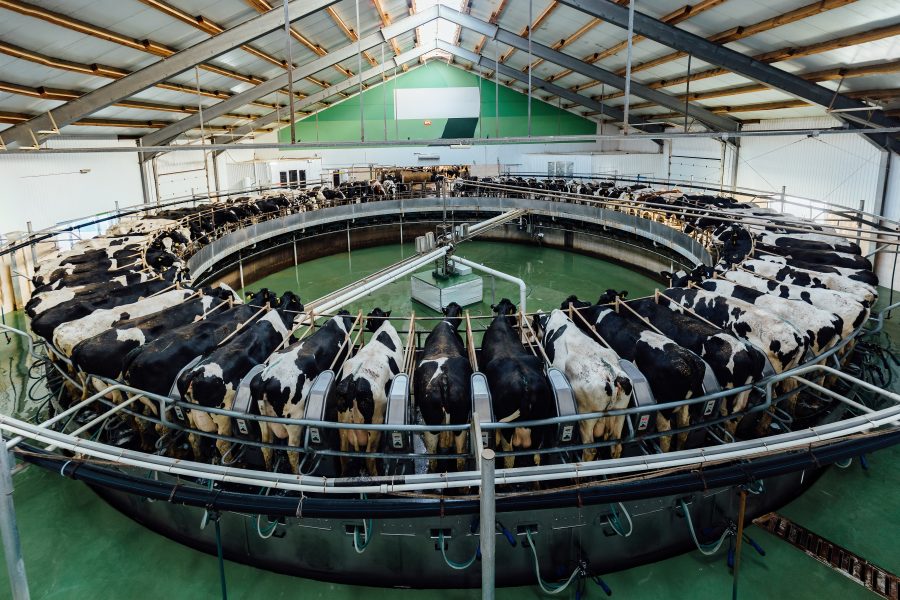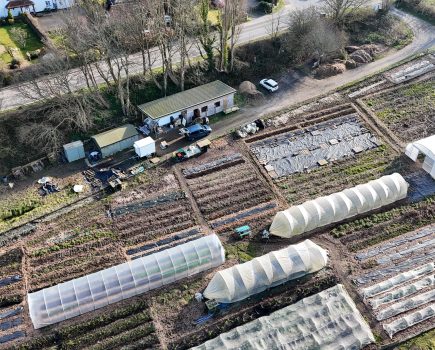By Jeremy Moody, secretary and adviser to the Central Association of Agricultural Valuers.
It seems things are not meant to be easy in modern life for the construction industry, as everywhere else.
We have had the supply chain problems and cost increases of the pandemic, the general shortage of tradesmen, and increasing regulation. Activity later resumed, but the rural world has now been upended by the October budget’s proposals, and wider business confidence has taken a knock.
There are widespread reports of farms and other businesses taking the immediate step of cancelling projects, at least until they have a clearer view of the future, with ripples from this spreading further across the economy.
If the inheritance tax changes are enacted as drafted, the lottery of the timing of death will see a cash call that will then often crowd out much investment for the affected business. We hope that common sense will bring practical change, as it did in the end when the high death duties of the 1970s were tempered by the needs for agricultural and business reliefs.
As the dust settles, we will look again to the future, with building work as one aspect in that, needing to spend money carefully to futureproof our farms in a new age of risk.
The extreme weather of advancing climate change may not only affect the work of construction but its design. Farm buildings anyway take much wear and tear from the elements, as well as from machinery and livestock, but we now have to think of more issues for the future, so that money spent now is wisely spent for the next 20 or more years.
Relevant issues and questions might include:
• With more intense periods of rainfall, do the gutters and downpipes have enough capacity for what can come? Where will the water go? Is rainwater to be harvested?
• With the greater incidence of storms, is the design robust enough for the high winds we will see more often?
• Especially for livestock, how might periods of sustained heat be handled for comfort and therefore productivity and health? As well as considering ventilation, some dairy buildings abroad provide misting for cattle to sustain milk yields.
• How best to take advantage of the opportunities offered by renewable energy generation and storage to strengthen farm resilience.
More fundamental questions come for buildings, existing and new, facing the threat of increased flooding.
The risks come from rapidly rising rivers, surface water saturation and, in coastal areas, rising sea levels and surges, now in the summer as well as the winter. A generation ago, the memory of where floods reached in 1947 set a benchmark that has now been long overtaken.
The Environment Agency has just warned that a quarter of commercial and residential properties will be at risk of flooding by 2050. Existing flood-prone sites may become more expensive or even impossible to insure, prompting risk management measures or relocation.
New construction gives the moment for fresh thinking about location, protection and design to minimise future risk to the advantage of the farm.
Extreme weather can also bring drought, in the winter as well as in summer. It may be wise to ensure reservoir capacity that can carry water between years, making the least call on water abstraction when it might be most pressed. Ponds near the farmstead may aid firefighting as well as storing water.
Insurers report subsidence damage increasing in susceptible areas, as well as those areas spreading, again a point when considering location or construction design.
Developing new technologies will again influence design. Robotic milking drives a different layout for dairy buildings, while glasshouses, vegetable stores and poultry buildings can, with their automation, increasingly resemble machines as much as buildings. The unknowns of future technology may make it wise to provide larger areas of flexible covered space, giving freedom for future uses.
The other week, I was on a dairy farm where the new parlour, with its walls, had been fitted entirely within an older building, with access to services possible in the space between old and new walls. Consciously making space for such future flexibility could be appreciated in coming years.
Many of these points might mean spending more now but saving money over time, futureproofing the business. It is likely to be more expensive to adapt a building after it is erected than to ensure future capacity now. The same applies to the prospect of meeting future standards when retrofitting now, where it is feasible. This may most obviously concern such issues as slurry storage and handling, conservation of nutrients and resources, animal housing and welfare, biosecurity and greenhouse gas emissions.
Farming operated for a century and more on the investment in buildings made in the high farming period of the mid-nineteenth century. Many farms have since lived on the reinvestment of 40 and more years ago. We now need to spend wisely and well for the coming decades, futureproofing now by saving future cost.







